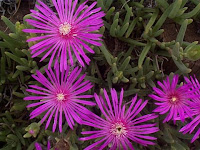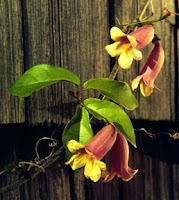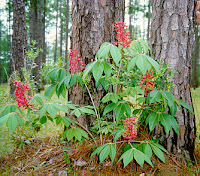I have always said that the only good spider is a dead spider. Arachnophobia runs in my family. The fear of spiders was passed down to me by my father and his father before him and so on.
My little boy does not seem to have inherited that fear. He once reprimanded a school friend for stomping a grandaddy spider. He is the spider expert in our home: he decides if the spider should be exported to the garden or killed on site. He's very good at his job and knows his stuff. While I hate to admit it, spiders are beneficial. Just the other day my son told me something I'd never thought of--If there were no spiders, we'd be overcome with flies. Hmmm...now flies I hate too, especially when I'm trying to cook or eat.
Although I still say they don't belong in the house, there are many benefits to having spiders around. I hope writing a post about spiders won't give me nightmares tonight, but I want to share with you some of their good traits:
- Spiders eat insect pests like flies, grasshoppers, mosquitoes, and even roaches that carry diseases or eat our garden plants.
- Spider venom is used in medical research. Neurological studies show that spider venom might be used to prevent permanent brain damage in stroke victims. Another medical study suggests that spider venom may help treat arthritis. And still other research reports that venom from spiders will eventually be used in the treatment of some heart conditions.
- Due to its durable strength and amazing elasticity, spider silk is used in making optical instruments for laboratories.
- If the spider is large enough, it can be fried and eaten as a delicacy (but that's in Cambodia.) I don't think we'll be seeing any Deep-Fried Spider booths at the Fall Festival this weekend. At least I hope not.
Well, I just read that according to an exhibit at the Smithsonian Institute, there is always a spider within 3 feet of you, including now...
I'm getting out of here.











